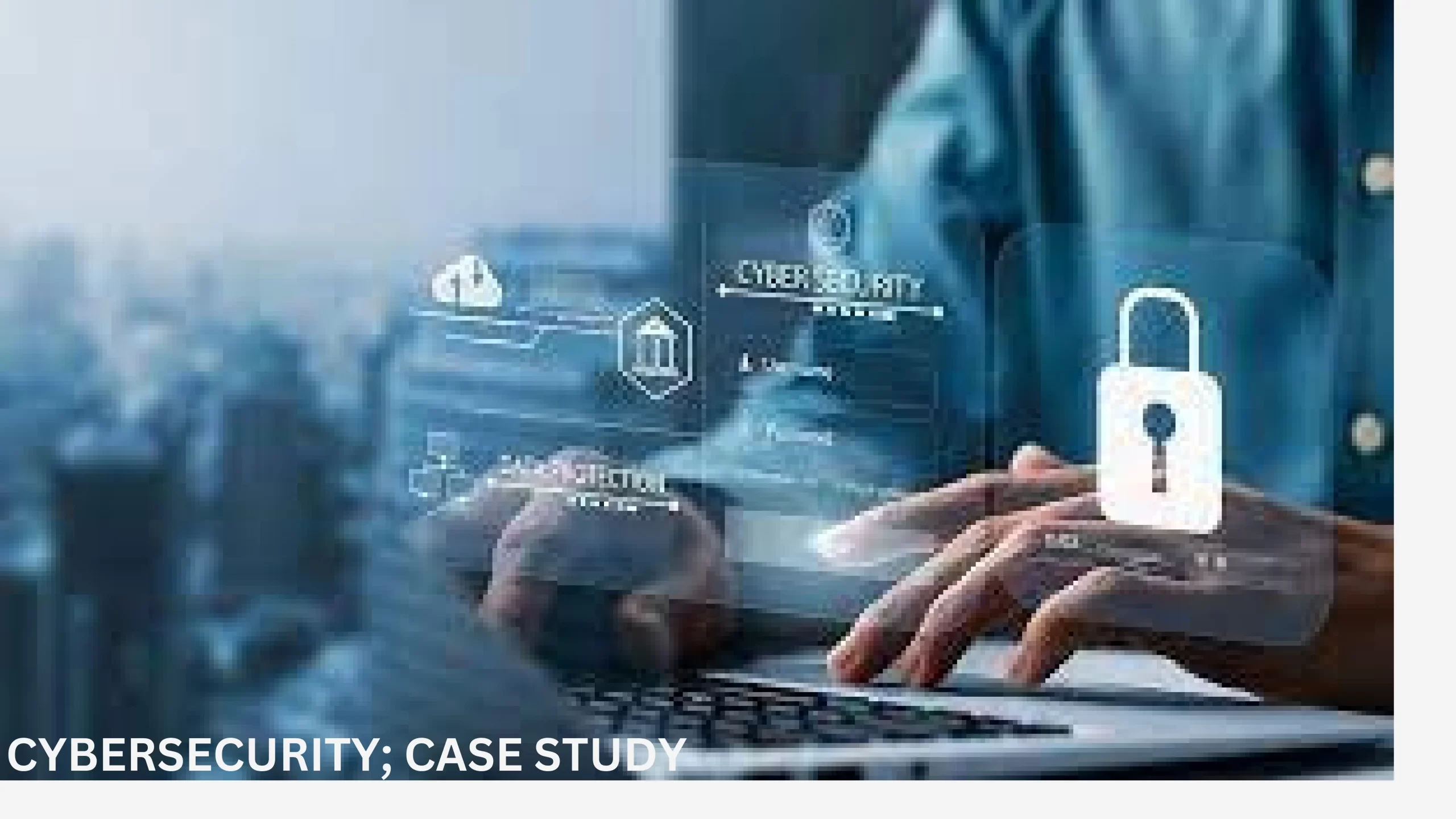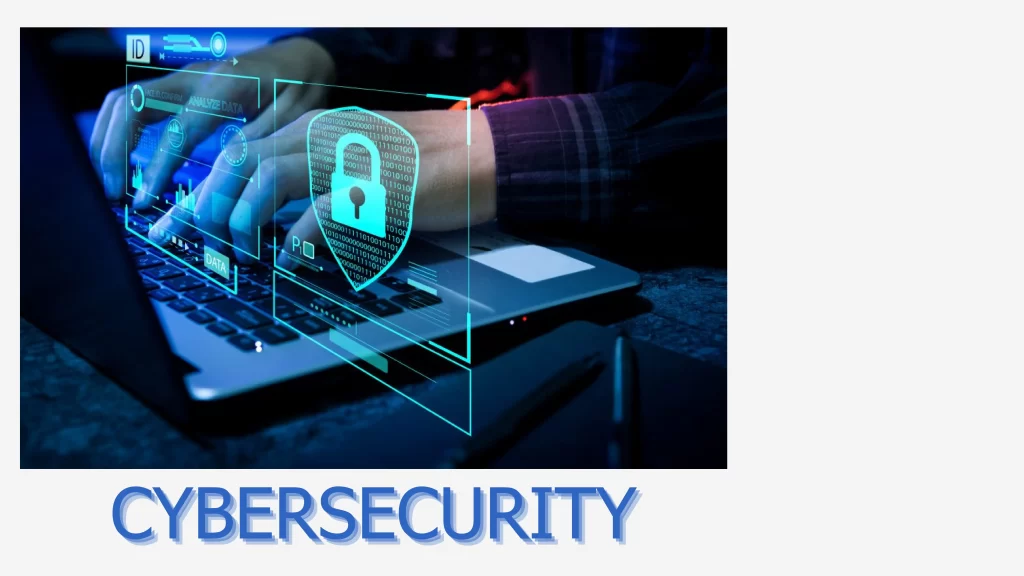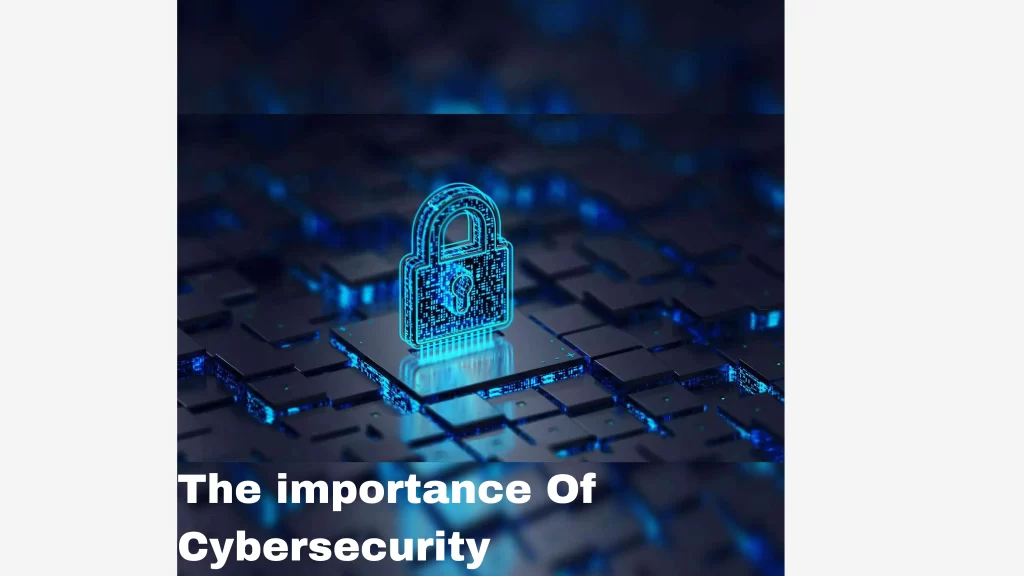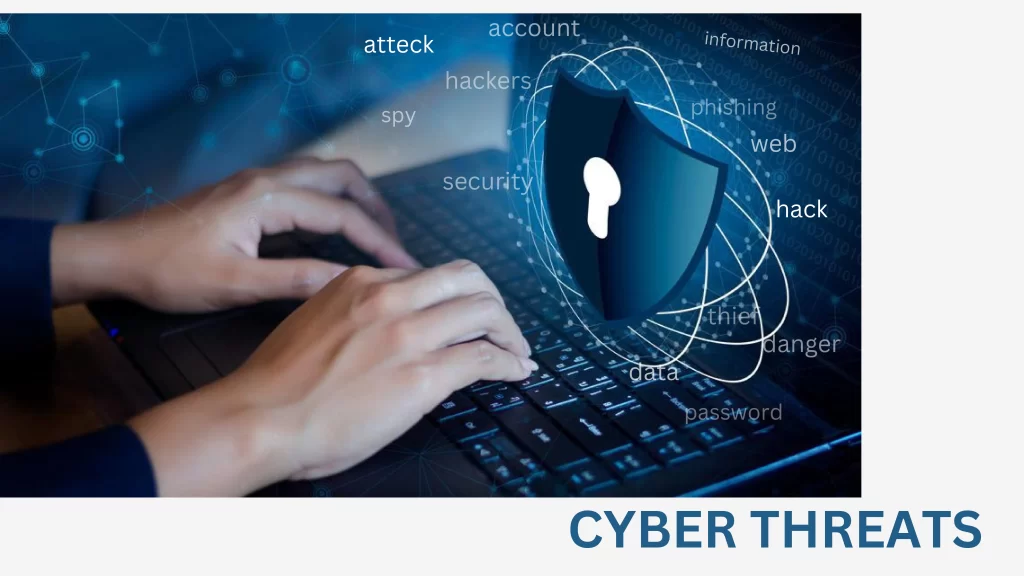
CYBERSECURITY

Cybersecurity; Case Study has developed throughout time, cybersecurity has also changed. With the increasing interconnectivity of computers and networks, it became necessary to safeguard them from harmful actions and illegal access. In response to these difficulties, the area of cybersecurity was born, with the goal of creating methods and tools to protect digital information and systems.
Early on, the mainstays of cybersecurity were firewalls and password protection. However, as cyber dangers evolved, so did the sector, including cutting-edge methods like safe coding practices, intrusion detection systems, and encryption. Professionals in the field of cybersecurity are always trying to keep one step ahead of hackers and create new strategies to counteract their increasing dangers.
The significance of cybersecurity has been further underscored by the emergence of the internet and the growing dependence of many businesses on digital infrastructure. These days, maintaining the privacy, availability, and integrity of information online depends heavily on cybersecurity.
It’s amazing to observe how cybersecurity has developed and changed to fit the dynamic digital environment, and how it will only become better as technology improves.
DEFINITION OF CYBERSECURITY
Cybersecurity is the process of preventing illegal access, cyberattacks, and data breaches from occurring to computer systems, networks, and data. This includes a range of tools, procedures, and methods designed to protect digital assets and guarantee the privacy, accuracy, and accessibility of data.
It is essential for protecting our digital lives and guaranteeing data security and privacy. It involves a number of procedures, including secure coding methods, firewalls, antivirus programs, and encryption. We may better safeguard ourselves and keep secure online by being aware of cybersecurity.
KEY COMPONENTS OF CYBERSECURITY:
A number of essential elements of cybersecurity cooperate to safeguard our data and digital systems. Here are a few noteworthy ones:
Network security :
This is the practice of safeguarding networks and the devices that support them, such as intrusion detection systems, firewalls, and routers, in order to thwart assaults that exploit vulnerabilities in the network.
Endpoint security :
This is the process of protecting specific devices, including laptops, desktops, and mobile phones, through the use of techniques like encryption, access controls, and antivirus software.
Application security :
is the process of making sure that software applications are secure by the use of secure coding techniques, vulnerability identification and remediation, and the implementation of controls such as access controls and authentication.
Data security:
This includes safeguarding private information from theft, illegal access, and loss by using access restrictions, encryption, and data loss prevention techniques.
Identity and Access Management:
To guarantee that only people with permission can access systems and data, this includes controlling user identities, authentication, and authorization.
Incident response pertains to the efficient handling of cybersecurity incidents, encompassing threat identification and containment, breach investigation, and system recovery.
Security knowledge and Training:
The focus of this component is on creating a culture of security consciousness, teaching people about cybersecurity best practices, and increasing their knowledge of potential risks.
IMPORTANCE OF CYBERSECURITY

In today’s digital world, cybersecurity is crucial! It assists in defending against harmful activity and unwanted access to our systems, networks, and data. We can protect our identities, financial information, and personal information by putting robust cybersecurity safeguards in place.
Here are several major justifications for the significance of cybersecurity:
Defense against online threats:
Cybercriminals are always developing new strategies to take advantage of holes in our digital systems. We can fend off these attacks and stop illegal access to our data by putting robust cybersecurity measures in place.
Preserving individual privacy:
It’s imperative to preserve our privacy in light of the growing quantity of private data kept online. Cybersecurity plays a key role in protecting our private information from being exploited or accessed without authorization.
Preserving business continuity:
To handle and preserve sensitive data, businesses mostly rely on digital technologies. A cybersecurity breach can cause financial loss, interfere with business operations, and harm a company’s brand. Businesses may reduce these risks and ensure continuity by making cybersecurity a top priority.
Safeguarding vital infrastructure:
Cyberattacks that target vital infrastructure, such transportation or power networks, can have grave repercussions. By assuring these vital systems’ dependability and averting possible interruptions, cybersecurity measures contribute to their protection.
Maintaining trust and confidence:
People and companies feel more comfortable utilizing digital services and conducting business online when they are aware that their information is secure. Robust cybersecurity creates a safe online environment and increases confidence.
CYBER THREATS

Cyber threats are possible risks and hazards that exist in the digital realm. They consist of a range of malevolent actions meant to take advantage of holes in networks, computer systems, and internet platforms. Cyber threats can take many different forms, including denial-of-service assaults, ransomware, phishing scams, hacking attempts, and data breaches. These dangers have the potential to jeopardize the availability, confidentiality, and integrity of digital information, which could result in loss of funds, invasions of privacy, harm to one’s reputation, and other unfavorable outcomes. In order to safeguard our digital assets and ourselves, it is imperative that we be aware of these threats and take preventative action.
COMMON CYBER THREATS
Common Cyber Threats are any number of malevolent actions intended to take advantage of holes in computer networks, platforms, and systems. These includes :
Phishing: Social engineering is an act by cybercriminals posing as reputable organizations to trick people into disclosing private information such login passwords, bank account information, or personal information.
Ransomware: ransomware that shuts down computers or encrypts files, then demands payment from victims to unlock the system or get access back.
Malware: malicious program with the intent to compromise, harm, or penetrate computer networks. Malware can take many different forms, such as worms, trojans, ransomware, spyware, and adware.
Distributed Denial of Service (DDoS) attacks: coordinated attack that overloads servers, disrupts services, and prevents authorized users from accessing resources by flooding a network or website with excessive traffic
Zero-Day Exploits: Undiscovered or unpatched security flaws in hardware or software that affect the vendor. Before a patch is released, cybercriminals use these vulnerabilities to execute focused assaults.
PROTECTING PERSONAL INFORMATION AND CYBERSECURITY MEASURES
In today’s digital environment, putting cybersecurity measures in place and safeguarding personal data are crucial. The following are some crucial actions you can take:
Employ Strong and Distinctive Passwords: Make strong passwords using a combination of characters, digits, and symbols. Don’t use the same password across several accounts.
Watch Out for Phishing Attempts: Be wary of unwanted calls, emails, or messages that request personal information. Before disclosing any sensitive information, independently confirm the source.
Use Secure Wi-Fi Networks: Due to their potential for insecurity, public Wi-Fi networks should be used with caution. When it’s feasible, encrypt your internet connection using a virtual private network (VPN).
Educate Yourself: Keep up with the most recent cybersecurity dangers and recommended procedures. Use caution while downloading attachments or clicking on links, and be aware of the information you disclose online.
CYBERSECURITY CAREERS

Cybersecurity careers refer to the various job opportunities in the field of cybersecurity. These careers involve protecting computer systems, networks, and data from unauthorized access, attacks, and other security threats. Some common cybersecurity careers include:
Security Analyst:
These experts evaluate and examine security threats, keep an eye out for system weaknesses, and create plans to fend off cyberattacks.
Ethical Hacker:
Also referred to as penetration testers, ethical hackers apply their expertise to find weaknesses in networks and systems, assisting companies in fortifying their security measures.
Security Engineers:
These professionals create, set up, and oversee security systems, such as intrusion detection systems, firewalls, and encryption protocols.
Architect for Security:
Taking into account aspects like risk management, compliance, and business requirements, security architects create and deploy security architectures and frameworks to safeguard an organization’s data, applications, and infrastructure.
A cryptographer:
To ensure secrecy, integrity, and authenticity in data transmission, storage, and authentication processes, cryptographers create cryptographic algorithms and protocols.
Analyst forensic:
To support legal procedures and incident investigations, forensic analysts gather, examine, and preserve digital evidence pertaining to cybercrimes and security incidents.
Analyst at the Security Operations Center (SOC):
Investigating possible security incidents and organizing response actions are the tasks of SOC analysts, who also monitor and evaluate security alerts and events produced by security systems and technologies.
FREQUENTLY ASKED QUESTION(FAQ) ?

how can I protect my personal information?:
Protecting your personal information from Cyber Threat is very important, here are some essential steps you can take :
Make secure and distinctive passwords: Make secure passwords with a mix of digits, special characters, and capital and lowercase letters. Don’t use the same password across several accounts.
Use caution when opening attachments and emails: Don’t open attachments from unidentified sources or click on dubious websites. These can be phishing efforts or viruses. Check the sender’s email address, and be cautious about demands for personal information that come out of the blue.
Pay attention to public Wi-Fi: Refrain from accessing personal accounts or engaging in sensitive online banking on public Wi-Fi networks. If you must use public Wi-Fi, think about encrypting your internet connection with a virtual private network (VPN).
Make regular data backups: Make regular backups of your important files and data to an external hard drive. In this way, you can still access your data even if your device is compromised.
what should I do if I suspect my account has been hacked?:
It’s important that you act immediately to regain control and protect your personal information. What you can do involves the following follows:
Change your password: Reset your password as soon as possible for the account that was hacked. Make sure the password you select is strong, unique, and hasn’t been used before.
Check for suspicious activity: Check your account activity and keep an eye out on any unauthorized modifications. Report any that you discover to the service provider or platform.
Check for malware on your devices: Use reliable antivirus software to do a complete scan across all of your devices. This aids in identifying and getting rid of any malware that might have triggered the hack.
Speak with the service provider or platform: If necessary, stay in touch with the service provider to report the hack. They might offer extra instructions or suggestions unique to their platform.







